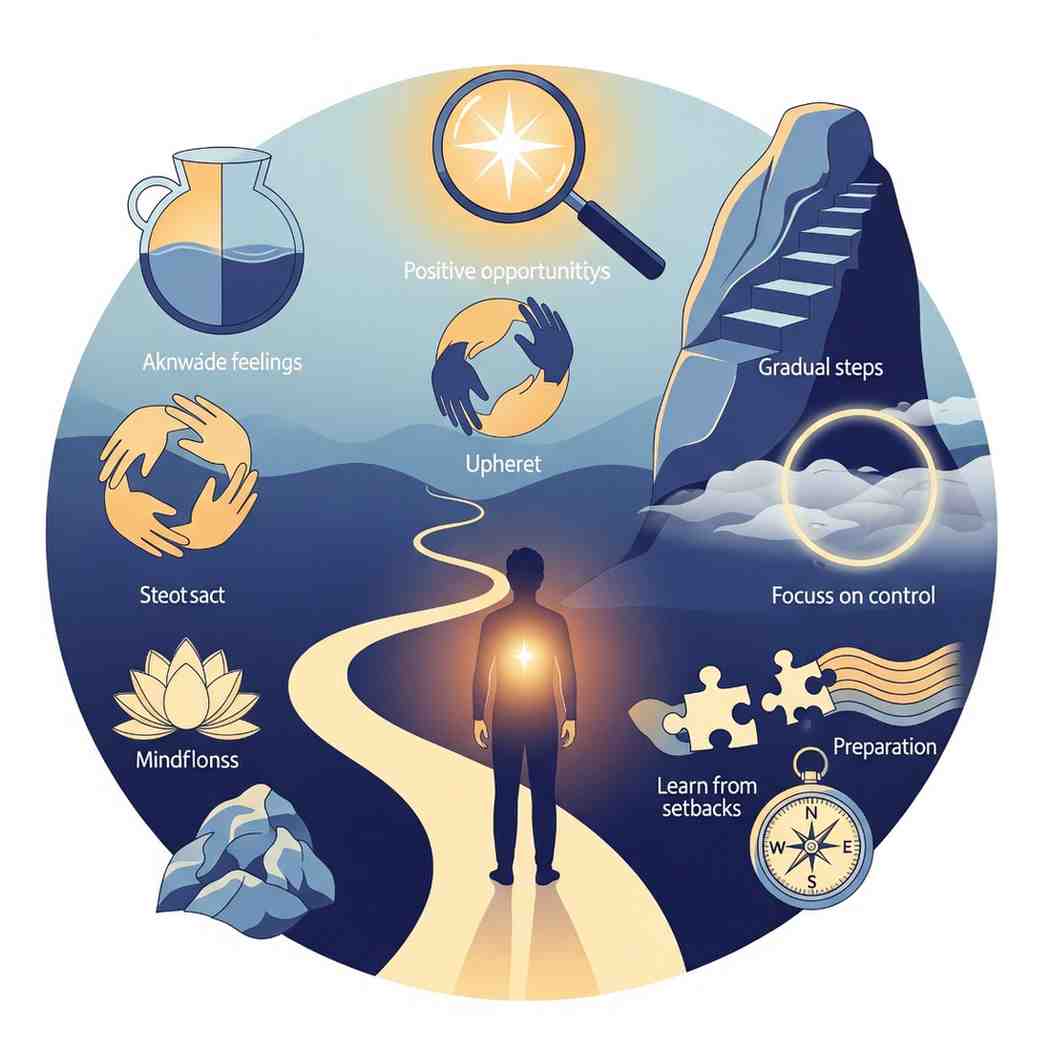Change is one of the few constants in life. Whether it’s starting a new job, moving to a new city, ending a relationship, or even trying a new hobby, change can be both exciting and intimidating. Many people experience anxiety when facing change because it pushes them out of their comfort zone. The good news? You can learn to embrace change with confidence and calmness. Here’s how.
1. Acknowledge Your Feelings
It’s natural to feel nervous, scared, or uncertain when facing change. The first step to embracing change is to acknowledge these feelings instead of ignoring or suppressing them.
Actionable Tip:
- Write down your fears and concerns.
- Identify what you can control versus what you cannot.
- Accept that anxiety is normal—it doesn’t define your ability to handle change.
2. Focus on the Positive Opportunities
Change often comes with opportunities for growth, learning, and improvement. Shifting your mindset to focus on potential benefits can reduce anxiety and make change feel less threatening.
Actionable Tip:
- List at least 3 positive outcomes that could result from the change.
- Visualize yourself succeeding or feeling happy in the new situation.
3. Take Small, Gradual Steps
Big changes can feel overwhelming if you try to tackle everything at once. Breaking the process into smaller, manageable steps makes it easier to adjust.
Actionable Tip:
- Identify the first small action you can take toward embracing the change.
- Celebrate small victories along the way to boost confidence.
4. Build a Support System
Having friends, family, or mentors to talk to can make the transition smoother. Sharing your experiences and seeking advice can reduce stress and give you perspective.
Actionable Tip:
- Reach out to someone who has faced a similar change.
- Join online groups or communities where people discuss coping strategies.
5. Focus on What You Can Control
Change often brings uncertainty, which can trigger anxiety. Focusing on things within your control helps you feel empowered rather than overwhelmed.
Actionable Tip:
- Make a list of aspects of the situation you can influence.
- Take proactive steps in these areas instead of worrying about uncontrollable factors.
6. Practice Mindfulness and Relaxation
Mindfulness, meditation, and relaxation techniques reduce anxiety and help you stay present instead of ruminating about the future.
Actionable Tip:
- Spend 5–10 minutes daily practicing deep breathing or guided meditation.
- Notice your thoughts without judgment and gently bring your focus back to the present.
7. Reframe Setbacks as Learning Opportunities
Not every change goes perfectly, and that’s okay. Viewing mistakes or setbacks as lessons helps you stay resilient and reduces fear of failure.
Actionable Tip:
- Ask yourself, “What can I learn from this experience?” instead of “Why did this go wrong?”
- Adjust your approach based on what you learn.
8. Prepare for Change in Advance
When possible, planning ahead can reduce uncertainty and make transitions smoother. Even small preparations create a sense of control and confidence.
Actionable Tip:
- Research the change you’re about to face, whether it’s a new city, job, or lifestyle adjustment.
- Create a flexible plan with backup options to feel more secure.
Final Thoughts
Change is a natural part of life, but it doesn’t have to trigger anxiety or fear. By acknowledging your feelings, taking small steps, focusing on opportunities, and seeking support, you can navigate change with confidence. Remember, every change is an opportunity for growth, learning, and self-discovery. Embrace it, and you might find it transforms your life in unexpected and positive ways.
💡 Tip: Want to overcome anxiety and thrive during life’s transitions? Explore our ebooks on personal growth, managing anxiety, and embracing life changes for step-by-step guidance.



